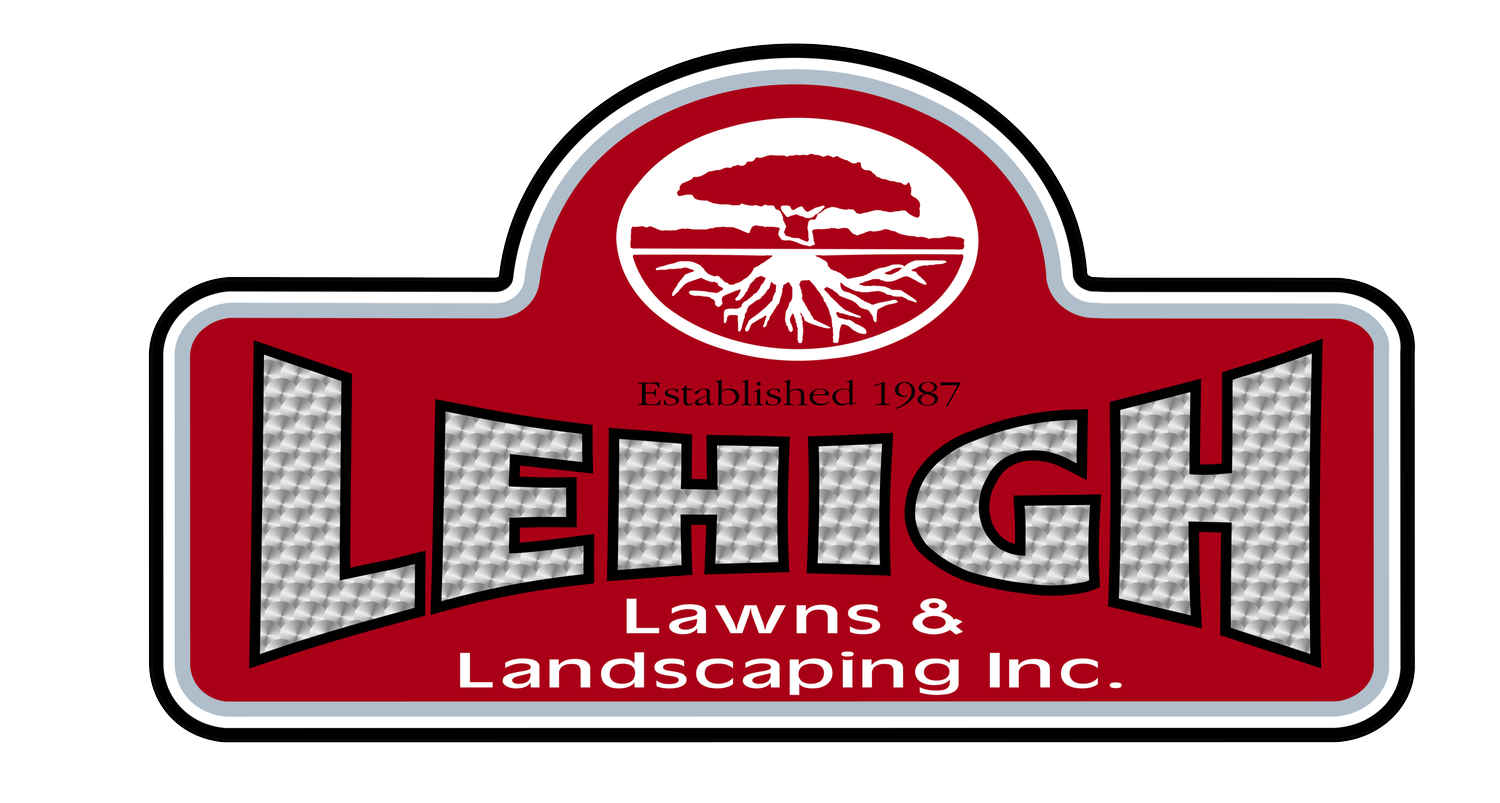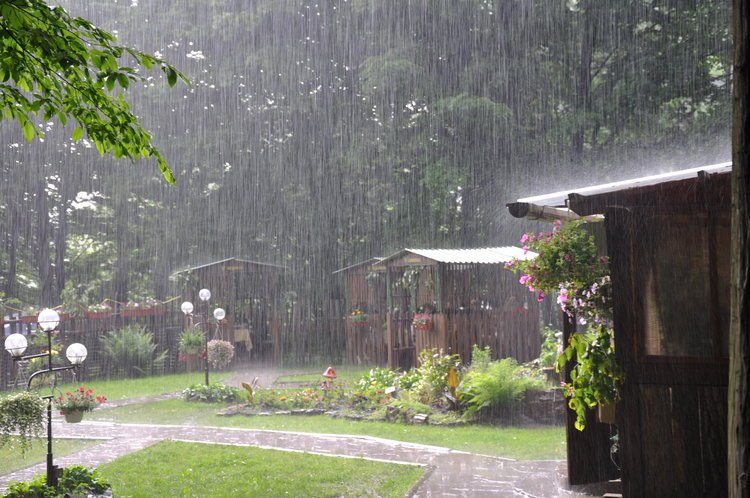Crabgrass: How to Fix the Damage from Excessive Rain in Hopewell Junction, NY
You spent all of the fall preparing your lawn for a great spring and summer growing season, but you did not count on the excessive rain that has plagued your Hopewell Junction, NY, home. It would be so nice for the weather to cooperate all the time with moderate daytime temperatures, slightly cool nights, and a soft rain a couple of times during the week so that your lawn could thrive. But in our area, that rarely happens—instead, the weather can be unpredictable and sometimes hazardous. What do you do when the rain has caused the crabgrass to flourish? Here are some helpful tips for how to fix the damage.
How Does Crabgrass Happen?
Even if you had crabgrass preventer applications in the fall, the same rain showers that have brought prolific flowers and lush green grass have also brought out the crabgrass with a vengeance. The heavy rain can dilute the preventive weed control, and the first hot days are ideal for crabgrass to spread. This can especially be true besides driveways and walkways, where the heat from concrete and asphalt reflect more heat and create an incubator for crabgrass. Crabgrass can also spread to invade landscape beds, causing even more headaches.
Related: Is Crabgrass Really That Bad?
What to Do?
You can pull the crabgrass out by hand, making sure to get the entire plant and roots. Unfortunately, mowing only cuts the top portion and does nothing to the roots growing vertically under the ground. Since crabgrass is an annual weed, you could wait until it dies off at the end of the summer and have pre-emergent herbicide applied again. But what if you don’t want to wait?
Seek an Expert
For crabgrass control to be effective after the appearance of these weeds in the summer, the application of post-emergent herbicide must be uniform and complete. It is also critical that the mixture is correct. Environmental conditions also play a large role as the soil moisture and air temperature must be at a certain level to ensure maximum control. This application should come in the form of “booster shots” to your lawn that are applied every six weeks to bring about the best crabgrass control.
Often, the best way to fight crabgrass is with a thick, healthy lawn. Under normal conditions, watering deeply once a week encourages strong root growth, which can choke out weeds and limit other lawn disease problems. Mowing the grass to a height of 3 inches also helps. Be sure that the mower blades are sharp because dull blades tear the grass instead of cutting it. Aerate the lawn to allow oxygen to penetrate the roots, enabling them to develop a stronger grass blade. Fertilizing with the correct proportion of nutrients that release slowly into the lawn feeds your grass well over time and reduces the chance of the grass taking on a burnt, dried appearance.
Professional landscape specialists have all of the knowledge and tools you need to achieve the kind of lawn you desire—with no guesswork required on your part. Not only can specialists set up a schedule of pre-emergent and post-emergent herbicide to address any of your crabgrass problems, but they can follow up to ensure that your lawn matches your expectations. Once you have set up a maintenance schedule for lawn care and mowing, all you have to do is relax and enjoy your beautiful, crabgrass-free lawn.

